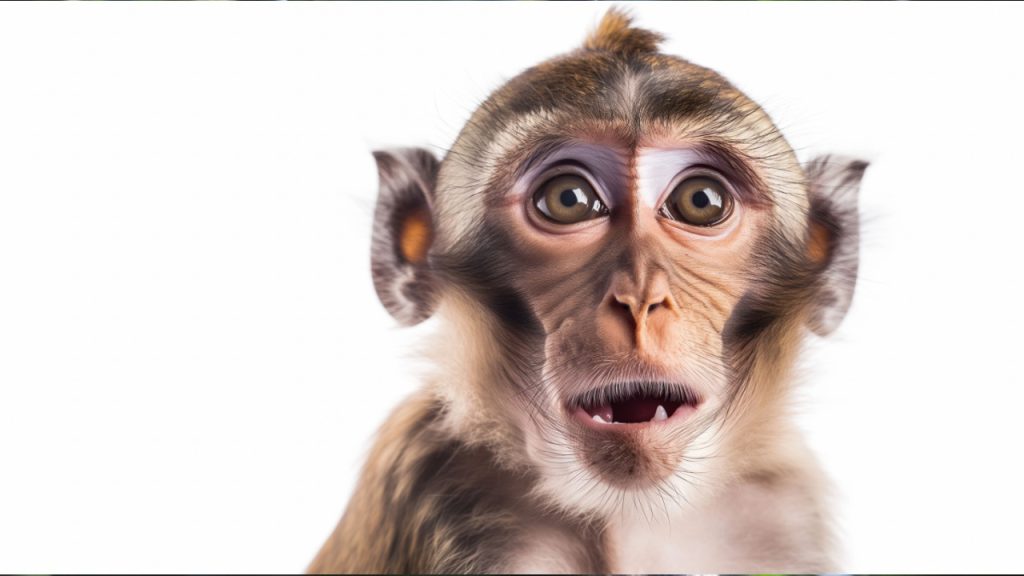The world of primates is far more diverse than most people realize. Beyond the well-known apes, monkeys, and lemurs, there’s a whole array of fascinating and bizarre primate species that rarely make it into the spotlight. These unusual creatures inhabit remote corners of the world, from dense rainforests to isolated islands. I’ve been utterly fascinated by primates since I read DIane Fossey’s Gorilla’s In the Mist and then watched the movie with Sigourney Weaver. What a wonderful but utterly devastating movie!
Aye-Aye
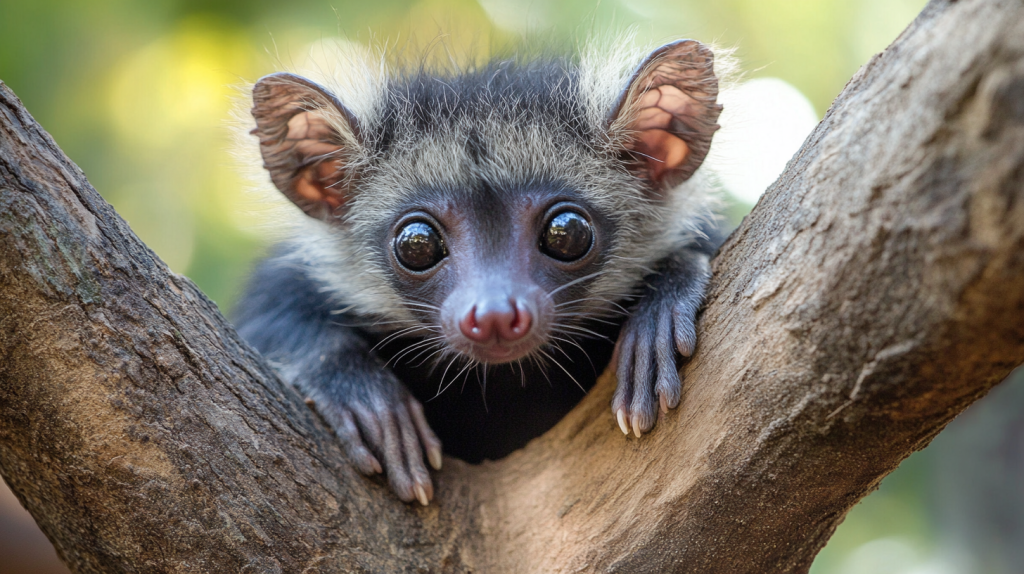
The aye-aye is a nocturnal primate found only on the island of Madagascar. With its large eyes, bat-like ears, and long, bony middle finger, it looks like something out of a Halloween story. Aye-ayes use their unusual finger to tap on trees and listen for hollow areas, then dig out grubs hiding inside the wood.
Tarsier
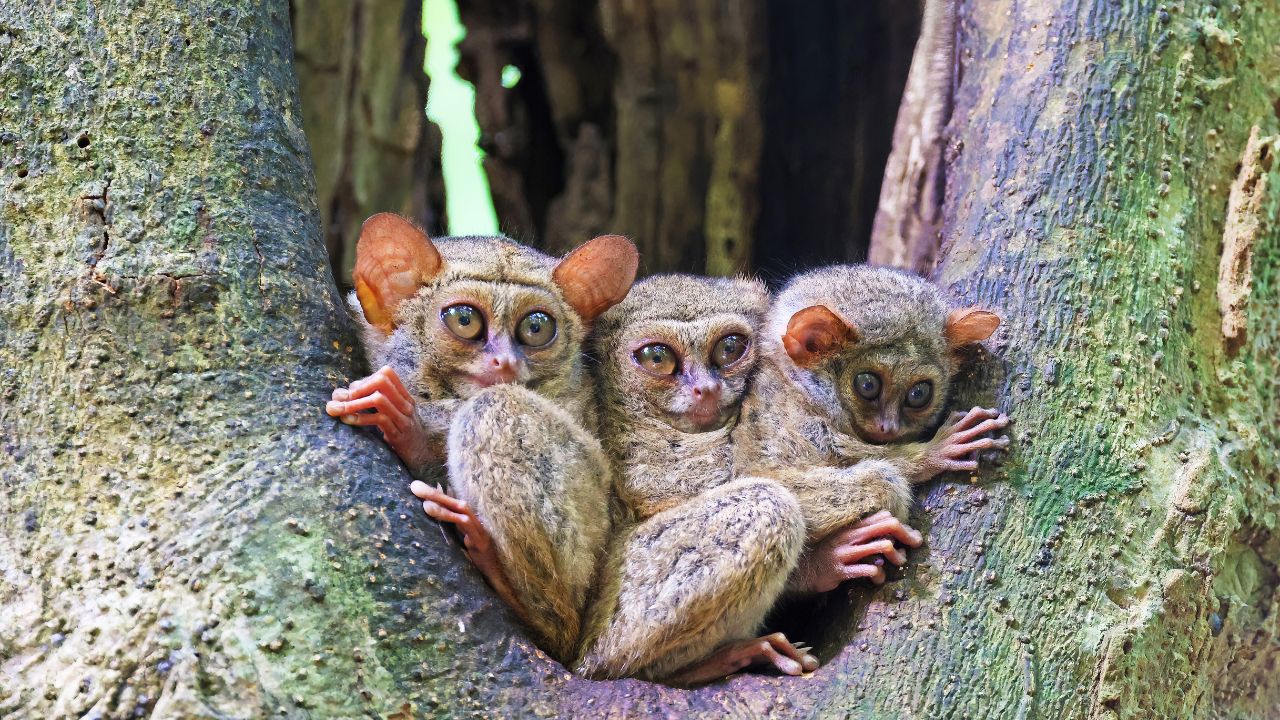
Tarsiers are small primates native to Southeast Asian islands. Their enormous eyes are each about the same size as their brain, giving them excellent night vision. Tarsiers can rotate their heads almost 180 degrees, like owls, and they’re the only primates that are completely carnivorous, feeding mainly on insects.
Proboscis Monkey
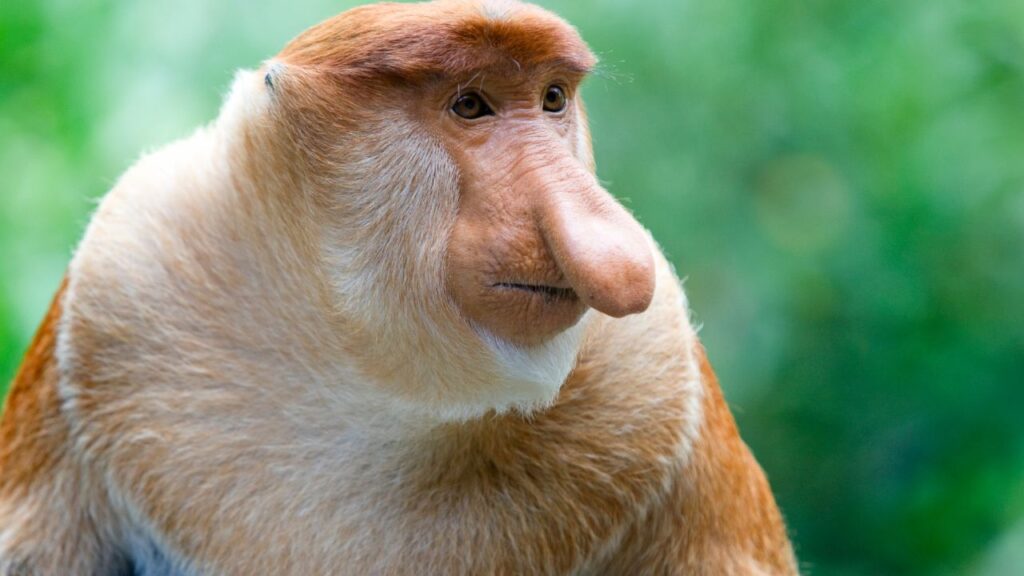
The proboscis monkey is known for its huge, drooping nose, which can grow up to 7 inches long in males. These monkeys live in the mangrove forests of Borneo and are excellent swimmers, often leaping from trees into rivers to escape danger. Their big noses may help them attract mates or amplify their calls.
Slow Loris
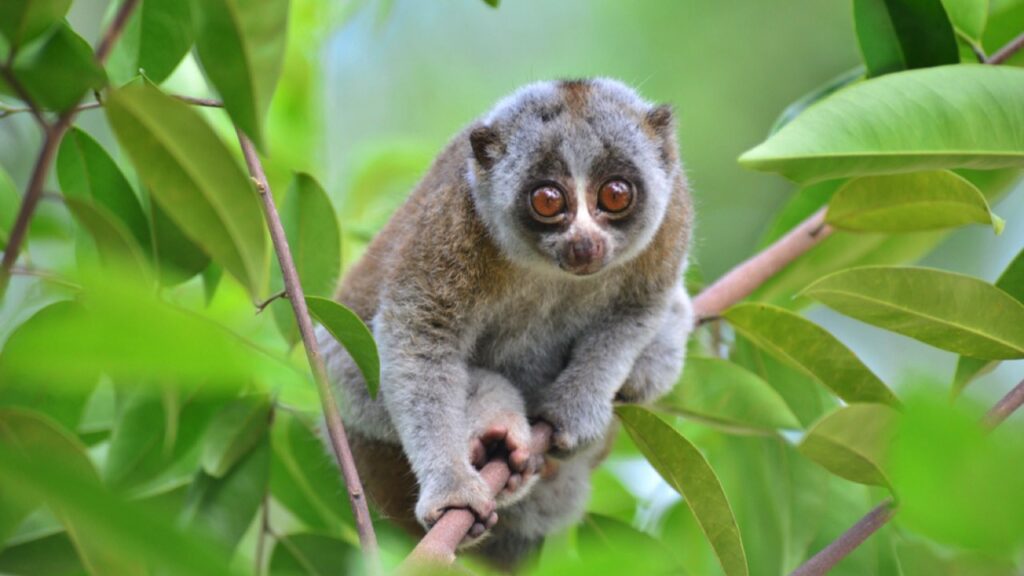
The slow loris is a small, nocturnal primate found in Southeast Asia. Despite its cute appearance, it’s the world’s only venomous primate. The slow loris produces a toxin in glands near its elbows, which it licks and mixes with its saliva to deliver a painful bite. These unusual primates move very slowly and deliberately, hence their name.
Indri
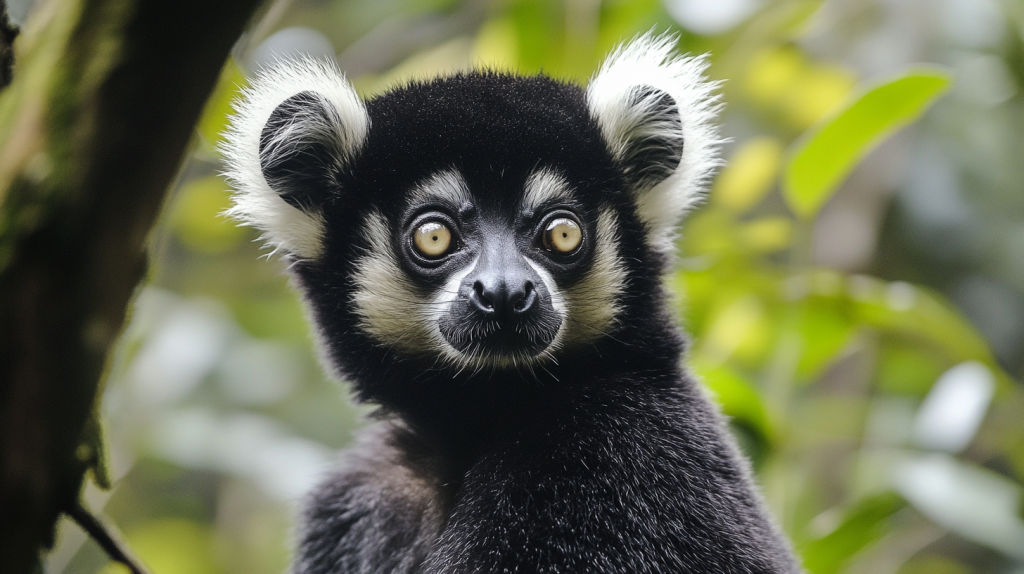
The indri is the largest living lemur, found only in the rainforests of eastern Madagascar. These primates are known for their distinctive black and white fur and their powerful, eerie calls that can be heard for miles. Indris are the only lemurs that don’t have a tail, and they’re excellent leapers, able to jump up to 30 feet between trees.
Pygmy Marmoset
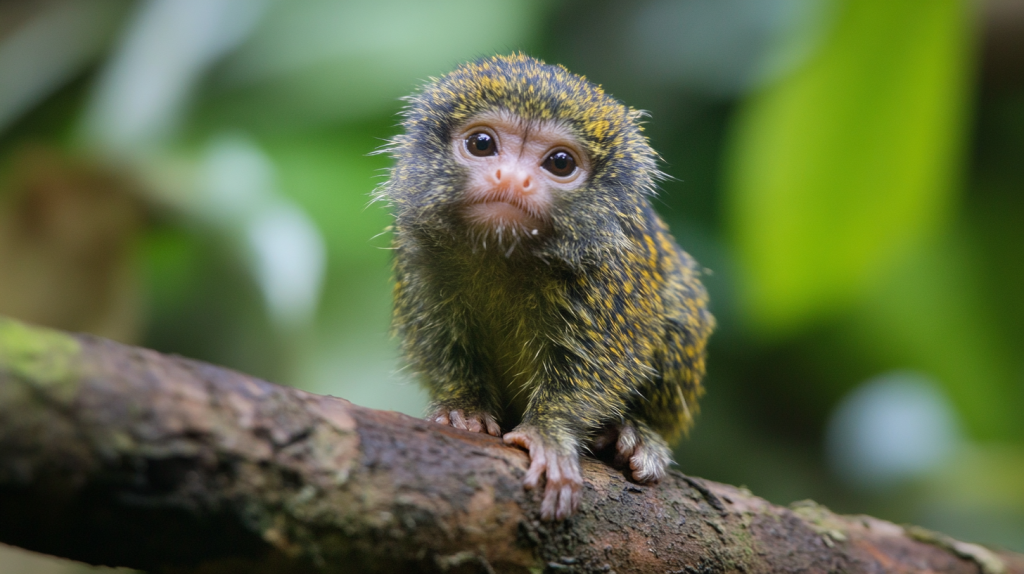
The pygmy marmoset is the world’s smallest monkey, weighing about as much as a stick of butter. These tiny primates live in the Amazon rainforest and specialize in eating tree sap. They have sharp claws that help them cling to tree trunks, and they can rotate their heads 180 degrees to scan for predators.
Uakari
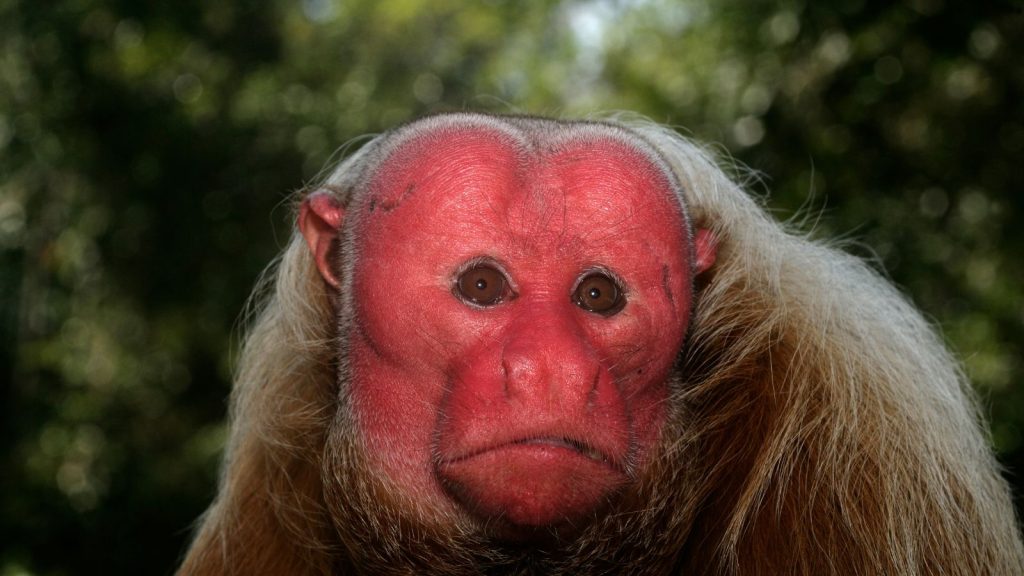
The uakari is a peculiar monkey found in the Amazon rainforest, known for its bright red, hairless face. This unusual feature may help them recognize each other in the dense forest canopy. Uakaris have short tails compared to most other monkeys, and they’re excellent swimmers, often crossing flooded forests during the rainy season.
Gelada

Geladas are sometimes called “bleeding heart monkeys” because of the bright red patch of skin on their chests. These unusual primates are found only in the high mountain meadows of Ethiopia. Geladas are the only primates that primarily eat grass, and they have the most complex vocal repertoire of any mammal besides humans.
Potto
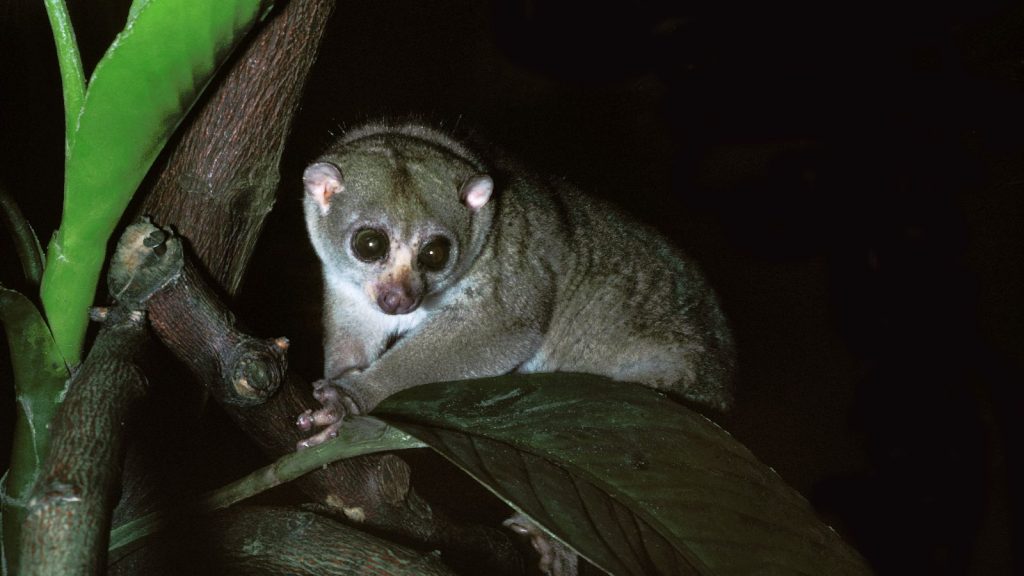
The potto is a small, slow-moving primate found in the tropical forests of Africa. It has a unique defense mechanism: a series of knobby outgrowths on its neck vertebrae that form sharp spines under its skin. When threatened, the potto tucks its head between its arms, presenting these spines to potential predators.
Sifaka
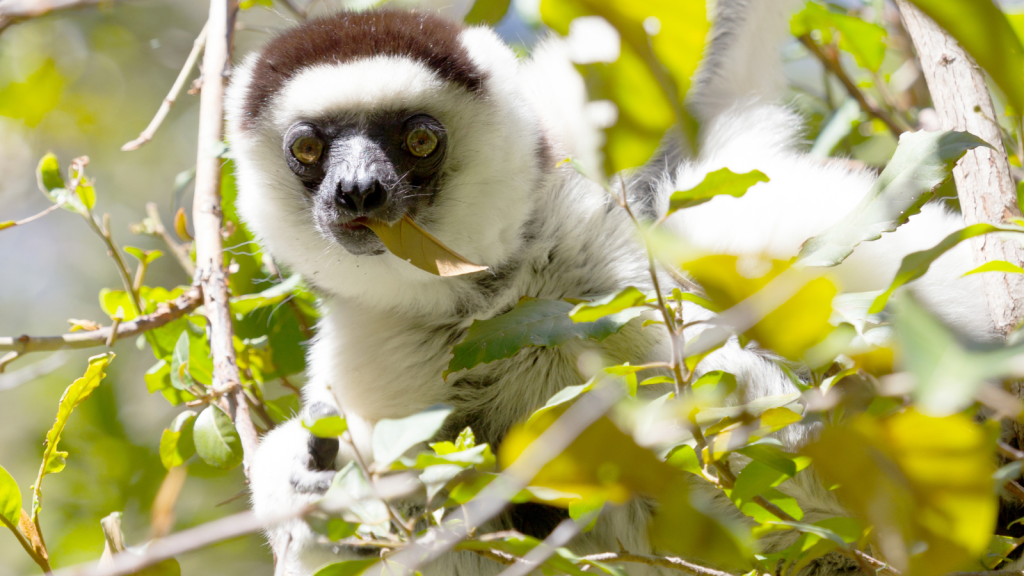
Sifakas are lemurs known for their distinctive way of moving on the ground. Instead of walking on all fours, they bounce sideways on their powerful hind legs, holding their arms up for balance. In the trees, they’re incredibly agile, able to leap up to 30 feet from tree to tree. Sifakas are found only on Madagascar and come in several colorful varieties.
Saola
Often called the “Asian unicorn,” the saola is one of the rarest and most mysterious primates in the world. It was only discovered in 1992 in the forests of Vietnam and Laos. The saola looks more like an antelope than a typical primate, with long, straight horns and a striped face. Scientists know very little about this elusive creature due to its rarity.
Sakis
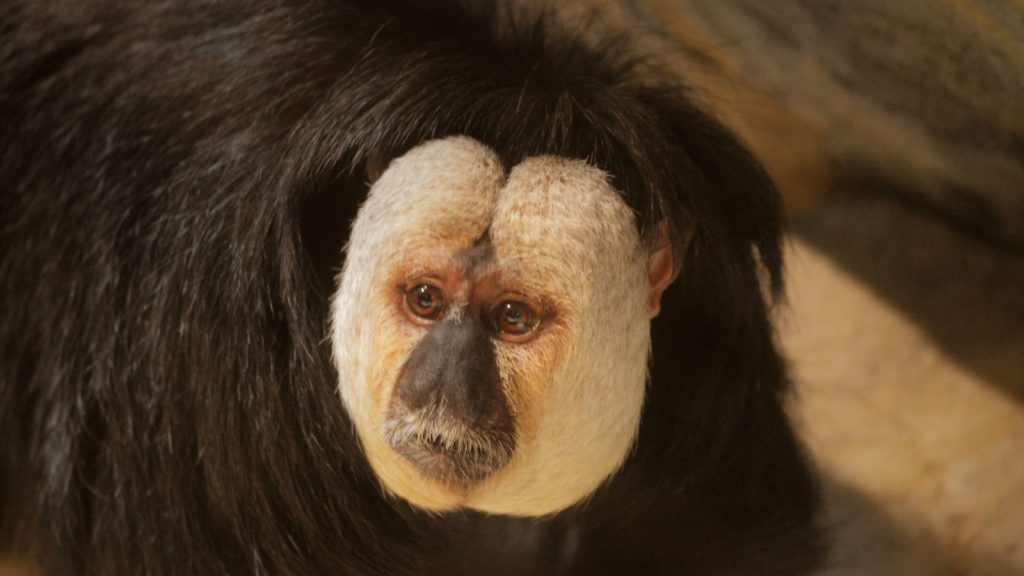
Sakis are unusual monkeys found in the Amazon and Orinoco basins of South America. They’re known for their thick, fluffy fur and bearded faces. Sakis have a unique way of drinking water: they dip their hands into water sources and lick the water off their fur. This behavior may help them avoid predators that lurk near water.
Kipunji
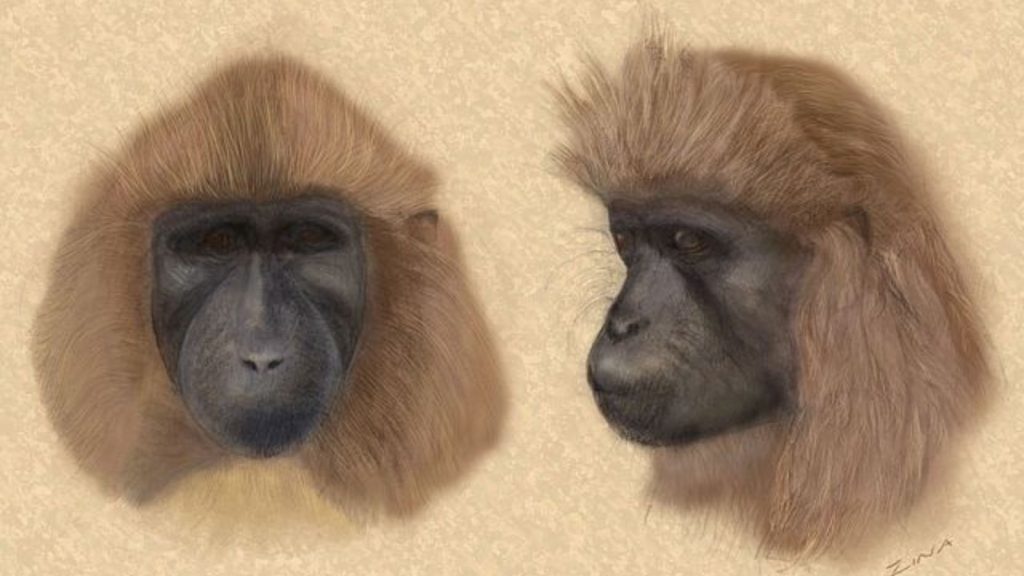
The kipunji is a critically endangered monkey discovered in Tanzania in 2003. It’s so different from other monkeys that scientists had to create a whole new genus for it. Kipunjis have a distinctive honk-bark call and a crest of hair on their heads that makes them look a bit like they’re wearing a toupee.
Dryas Monkey
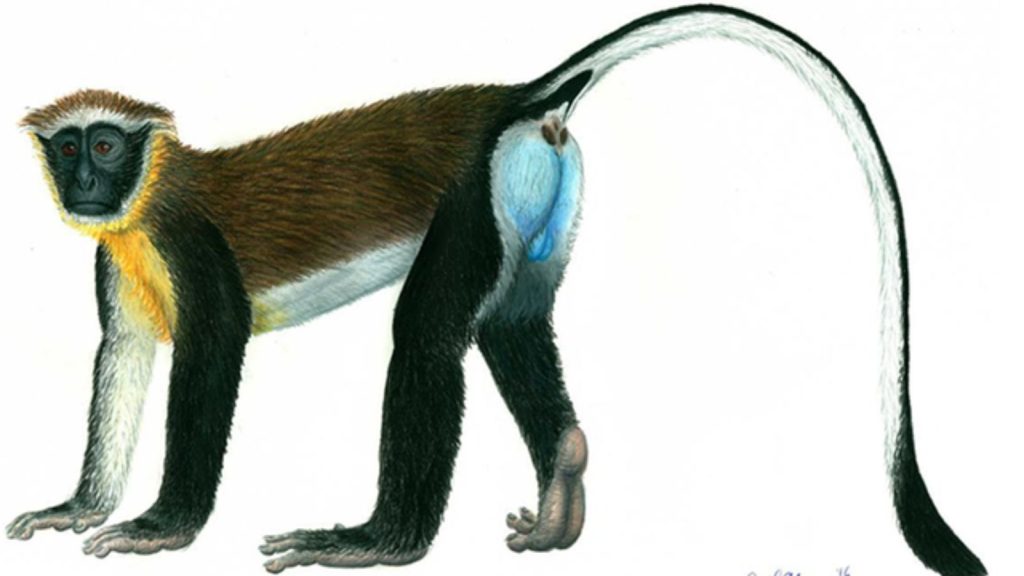
The Dryas monkey, also known as the Salonga monkey, was thought to be extinct until it was rediscovered in 2019. These small, secretive monkeys live in the dense rainforests of the Democratic Republic of Congo. They have distinctive blue bottoms and are known for their loud, booming calls that can be heard for miles through the forest.
Rondo Dwarf Galago
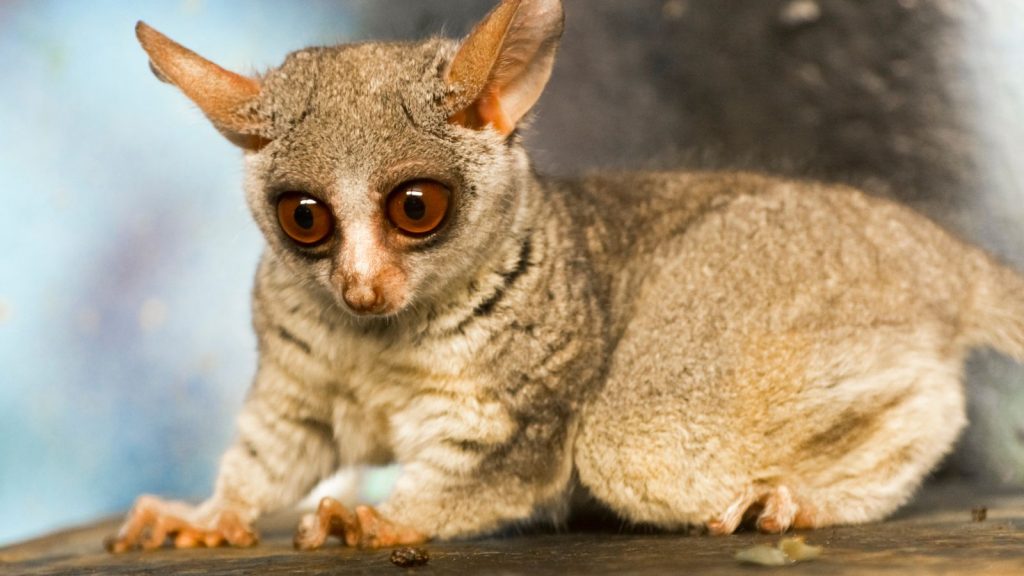
The Rondo dwarf galago, or Rondo bushbaby, is one of the world’s smallest primates. Found only in a few small forest patches in Tanzania, these tiny creatures are excellent jumpers, able to leap over 20 times their body length. They have huge eyes adapted for night vision and make high-pitched calls that sound a bit like a baby crying.

